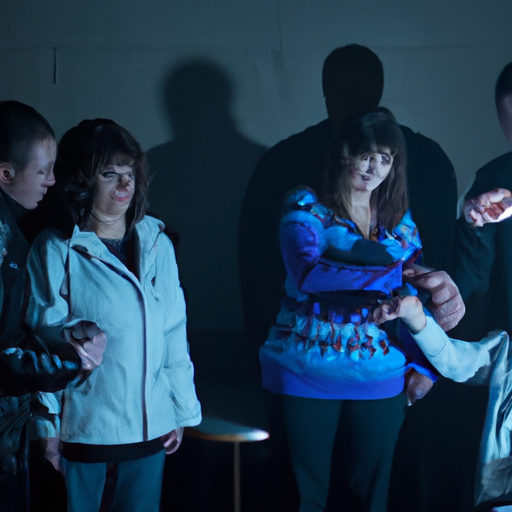Teens Taking a Stand: A Life Saved Amidst Canada’s Opioid Crisis
In Canada’s ongoing opioid crisis, lifesaving measures sometimes come from the least expected quarter. In an inspiring account from CTV News, Quebec teens made headlines when their quick thinking allegedly saved the life of a girl who overdosed at a party.
A Quick Recap of the Situation
A group of teens, aware of the growing opioid problem, decided to keep a naloxone kit on hand at a party. The tragic need for such a kit unfolded when a 16-year-old girl overdosed. Armed with the naloxone kit – a medicine used to combat the life-threatening effects of an opioid overdose – the teens managed to save her life, marking a small but significant victory in the grand scheme of the opioid crisis.
This humbling event raises pressing questions about what can be done, on both an individual and institutional level, to combat the opioid crisis. The situation also emphasizes the urgent need for more awareness and accessibility of potential lifesaving solutions like naloxone.
The Harsh Reality of the Opioid Crisis
The growing problem of opioid addiction in Canada is an issue that warrants immediate attention. Some of the key effects of the opioid crisis include:
- Increasing rates of overdose and death
- Rising homelessness
- Growing incidence of petty crime and violence
- Alarming increase in the demand for emergency medical services and addiction treatment.
Efforts to Combat the Crisis
While the crisis is daunting, efforts are being made on multiple fronts to address the issue. The emerging attention on “harm reduction” strategies has led to the widespread distribution of naloxone kits to high-risk individuals and communities, a strategy that was crucial in saving the Quebec teenager’s life.
More broadly, entities across Canada, including the government, healthcare organizations, and non-profits, are implementing multiple strategies to curb the crisis. These include:
- Implementing prescription guidelines and monitoring systems to reduce the risk of opioid misuse and dependency
- Pursuing opioid class action suits against pharmaceutical companies
- Increasing educational campaigns about safe opioid use and the risks of abuse
- Enhancing funding for addiction treatment services.
Naloxone: A Life-Saving Intervention
While the use of naloxone is not a cure for opioid addiction, it is an essential harm reduction tool that saves lives. Administered through an injection or nasal spray, naloxone acts quickly to reverse the effects of an opioid overdose.
Public health officials have been promoting the use of naloxone kits as one approach to managing the opioid crisis. Between widespread distribution and bolstered awareness efforts, the recent story of the Quebec teens is just one of many that could potentially be rewritten by the presence of naloxone.
The Power of Awareness and Readiness
The quick thinking of these teenagers is a potent reminder of the power of knowledge and preparedness in combating the opioid crisis. A lack of awareness only serves to fuel the fire of this epidemic, but knowledge can bring empowerment, preparedness, and even lifesaving interventions.
Conclusion
As disheartening as it is to view the snowballing effects of the opioid crisis – from the surge in overdose deaths, homelessness, and crime to the spiralling expenses of healthcare – there is hope in strategic intervention. The robust impact of naloxone, as evidenced by its lifesaving role in the recent incident in Quebec, underscores its necessity in our concerted efforts against the opioid crisis.
Canada’s fight against the opioid crisis is a fight that needs the collective effort of all stakeholders – government, health organisations, communities, and even individuals, like the prepared teens in Quebec. As we continue to grapple with this crisis, let us remember the power of awareness, readiness, and easy access to life-saving resources like naloxone. Necessary actions must be taken in earnest to curb the devastating effects of the opioid crisis. Let us all rise to the occasion.
